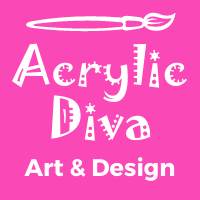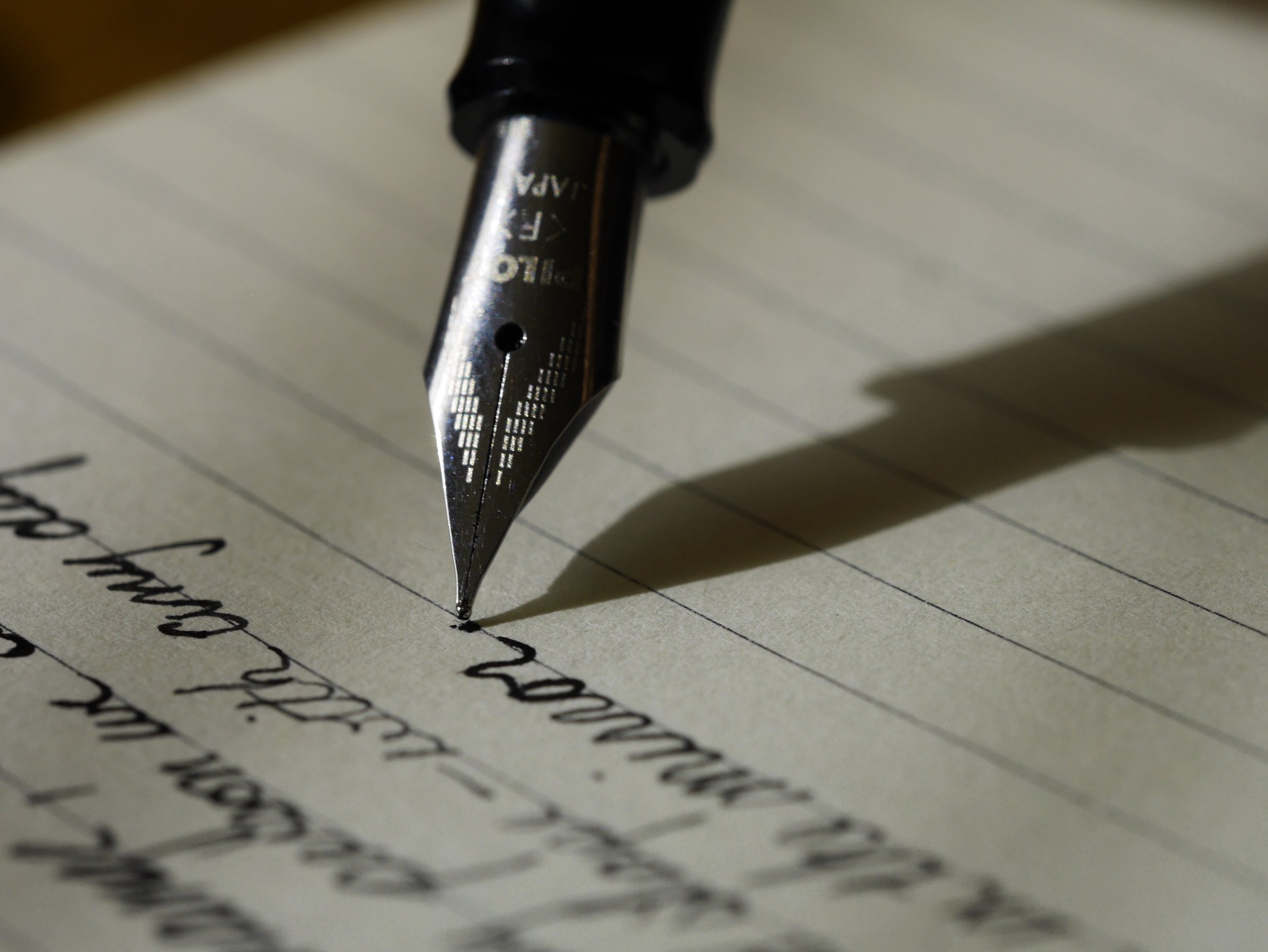How (Not) To Write An Artist Statement
How (Not) To Write An Artist Statement
Use really big words and make sure your audience doesn’t understand them.
Speak about yourself in the third person.
Throw in references to obscure art trends or artists.
Write your artist statement in iambic pentameter. We get it, you’re clever.
Tell us you’ve been painting since you were a child. Yeah, no news there.
Give us a lengthy description of how you make the art. Unless you are using an extremely unusual technique, it’s not necessary. And probably boring.
Be snarky and insult the reader. Yup, this will really make people want to buy your stuff.
LIe. About anything. Your education, your inspiration, your training. Just don’t do it.
Write 2000 words and expect people to read it. Really?
So how can you write a good artist’s statement?
Keep it short and sweet. Three paragraphs max. See the exercise below on how to get three good paragraphs.
Write from your heart and use “I.” It’s about your work after all.
Tell us the “why” not the “how.” Why you do what you do is almost always more interesting that how you do it. For instance, “I paint circles because they feel like the most basic of all shapes to me. I want to know everything there is to know about the circle, in paint, on canvas.” Not, “I start by priming the canvas with gesso and I paint circles in different colors.”
Use fewer words. If your art is about shoes say so. “My art is about shoes.” Not “My art is about the wearable elements on our feet.” The first is straightforward, the second is pretentious.
Here’s an exercise to help you write a great artist statement.
Sit down in a quiet place where you will not be disturbed for 10-15 minutes.
Get a legal yellow pad and a couple of good ball point pens. Pens that you like to write with. This is very important. The pen must feel good on the page. Glide easily, not skip or run out of ink.
Put on some dreamy music, preferably without words. Here’s one of my faves; Garth Stevenson
Now write five pages in longhand, stream of consciousness about your art. Just blab it all on the page. Don’t punctuate or edit. Just write without thinking about it. You may find that you are writing a to-do list or a shopping list. That’s fine. Just start and soon it will flow into your work. Just think about your artwork and why you do it. Describe it to yourself. Better yet, describe it to your grandmother or a child.
Keep writing without stopping or reading what you’re written until you fill all five pages. Writer’s cramp, right?
NOW THE MOST IMPORTANT PART. Put it away without reading it. Do not read it now.
Come back in a few days, at least three or four and read what you’ve written. Chances are there will be at least a nugget or two in there that you can use. You may be surprised with what you’ve written. Now you can elaborate on what you have, even if it’s only a sentence or two.
And remember, in artist statements, as in most things in the art world, less is more.


